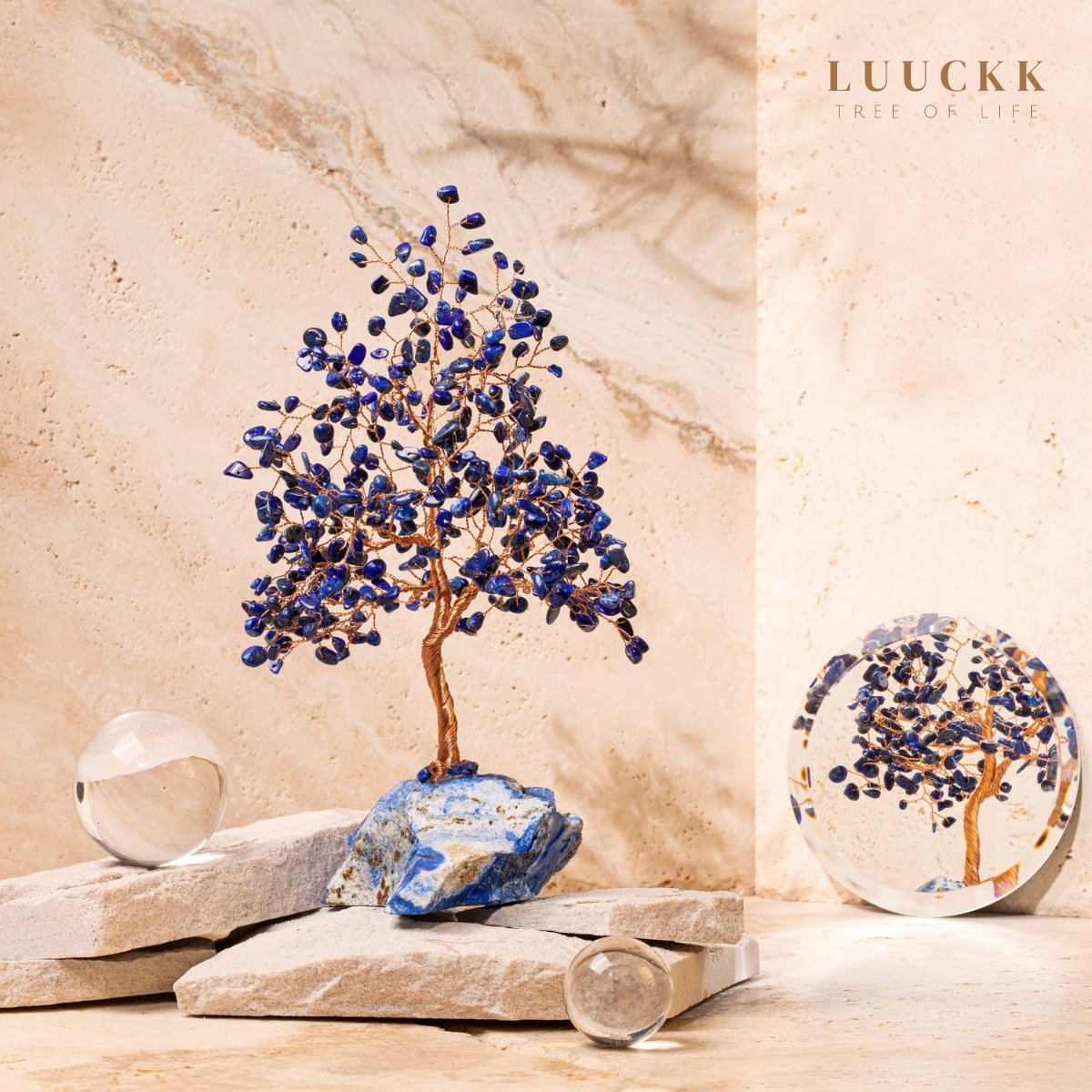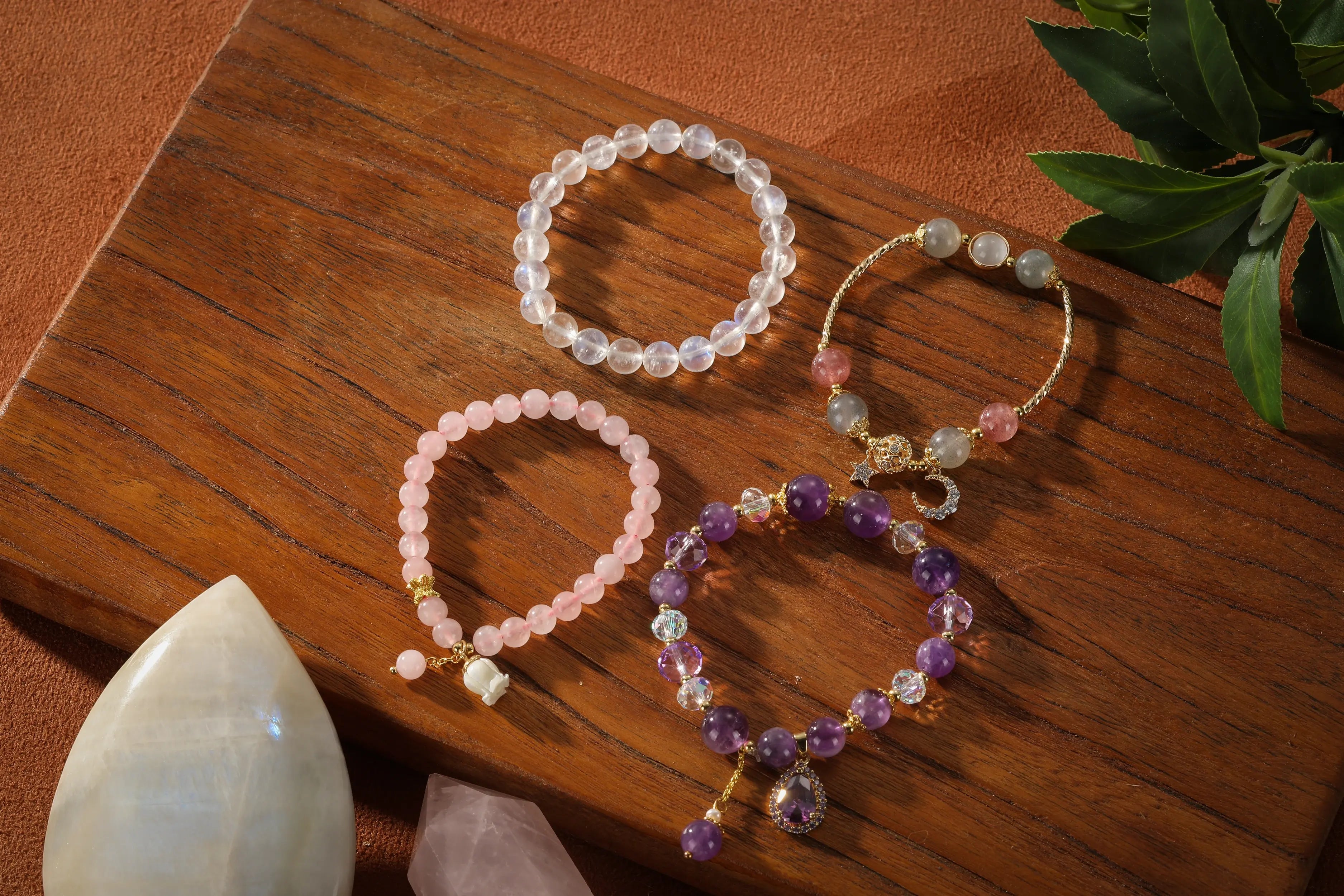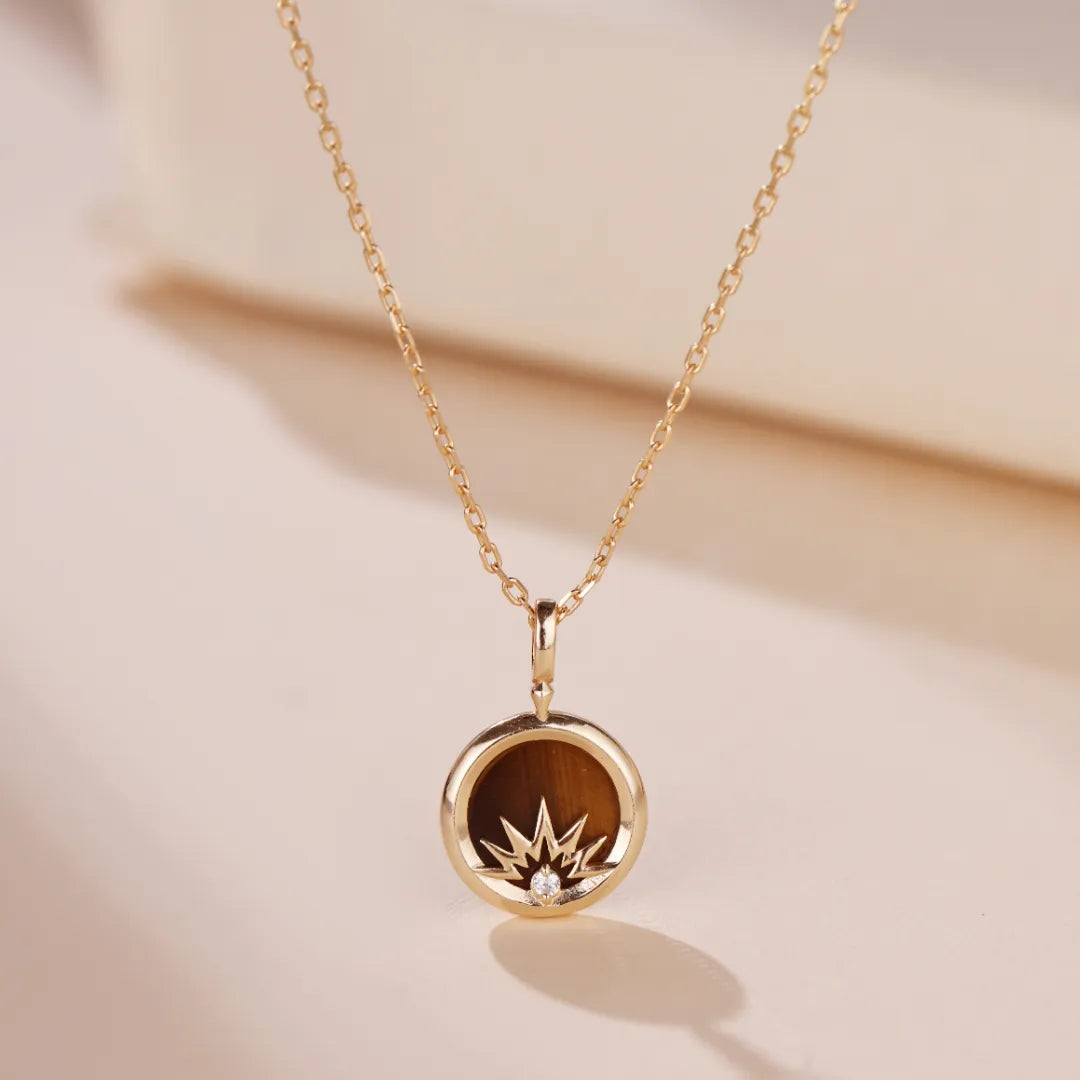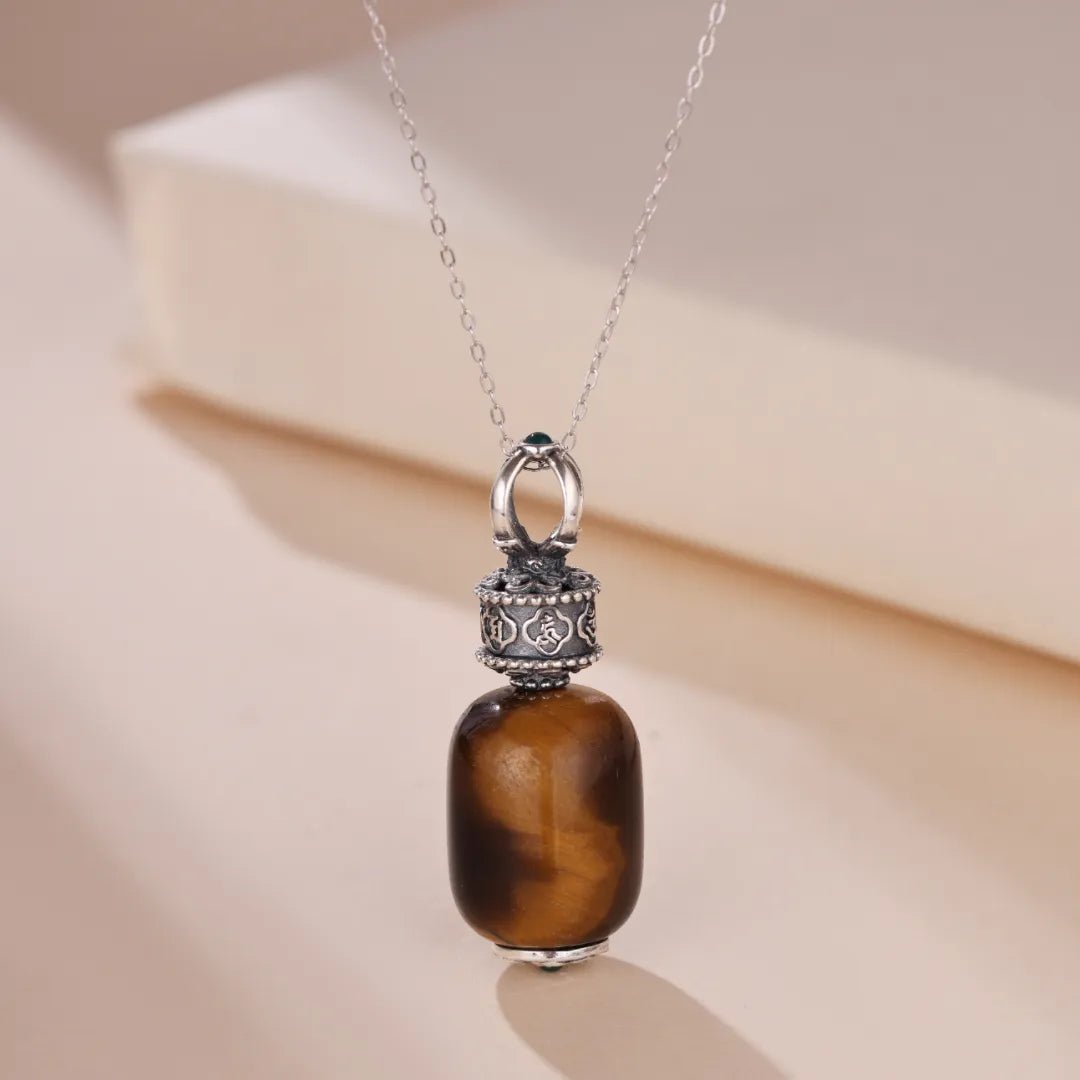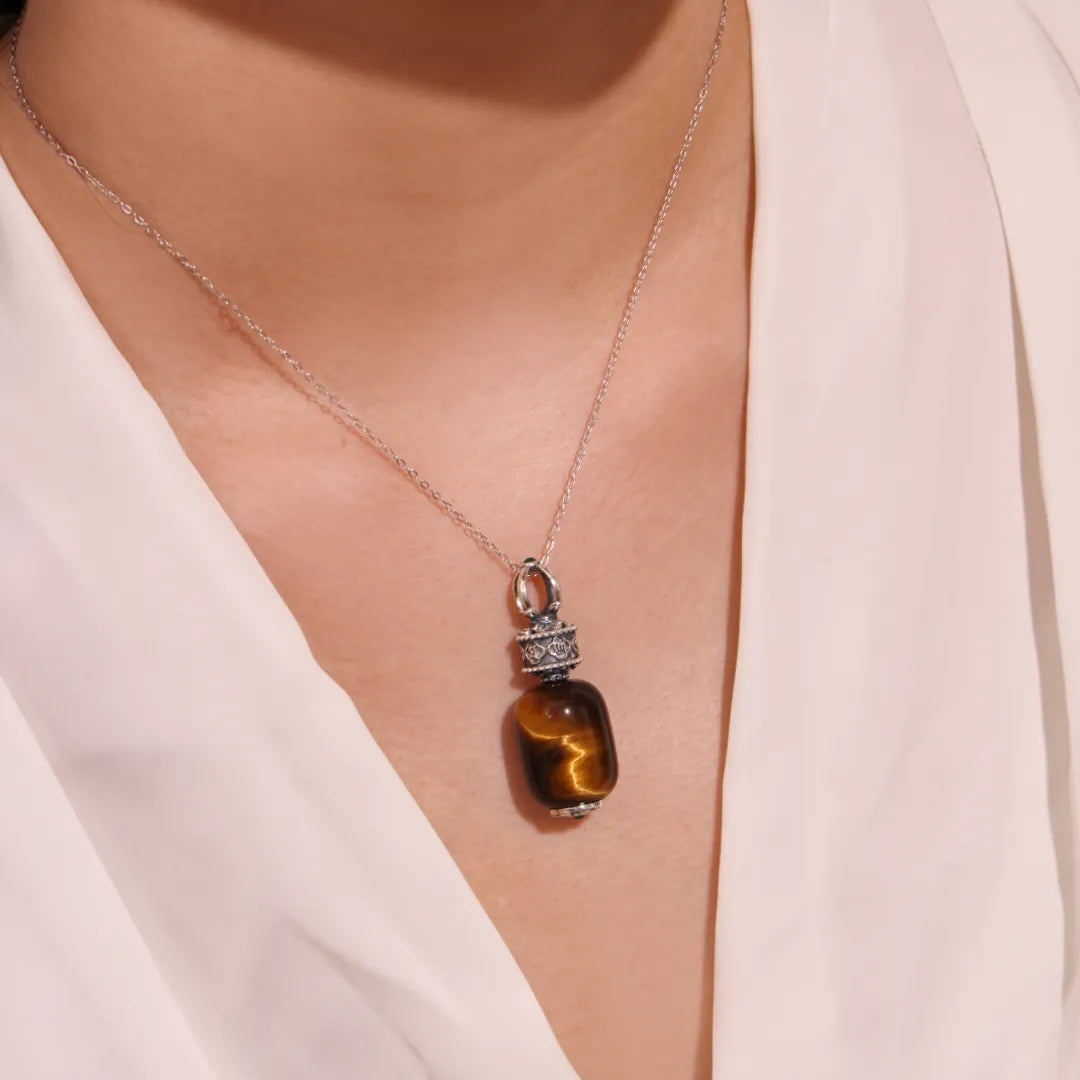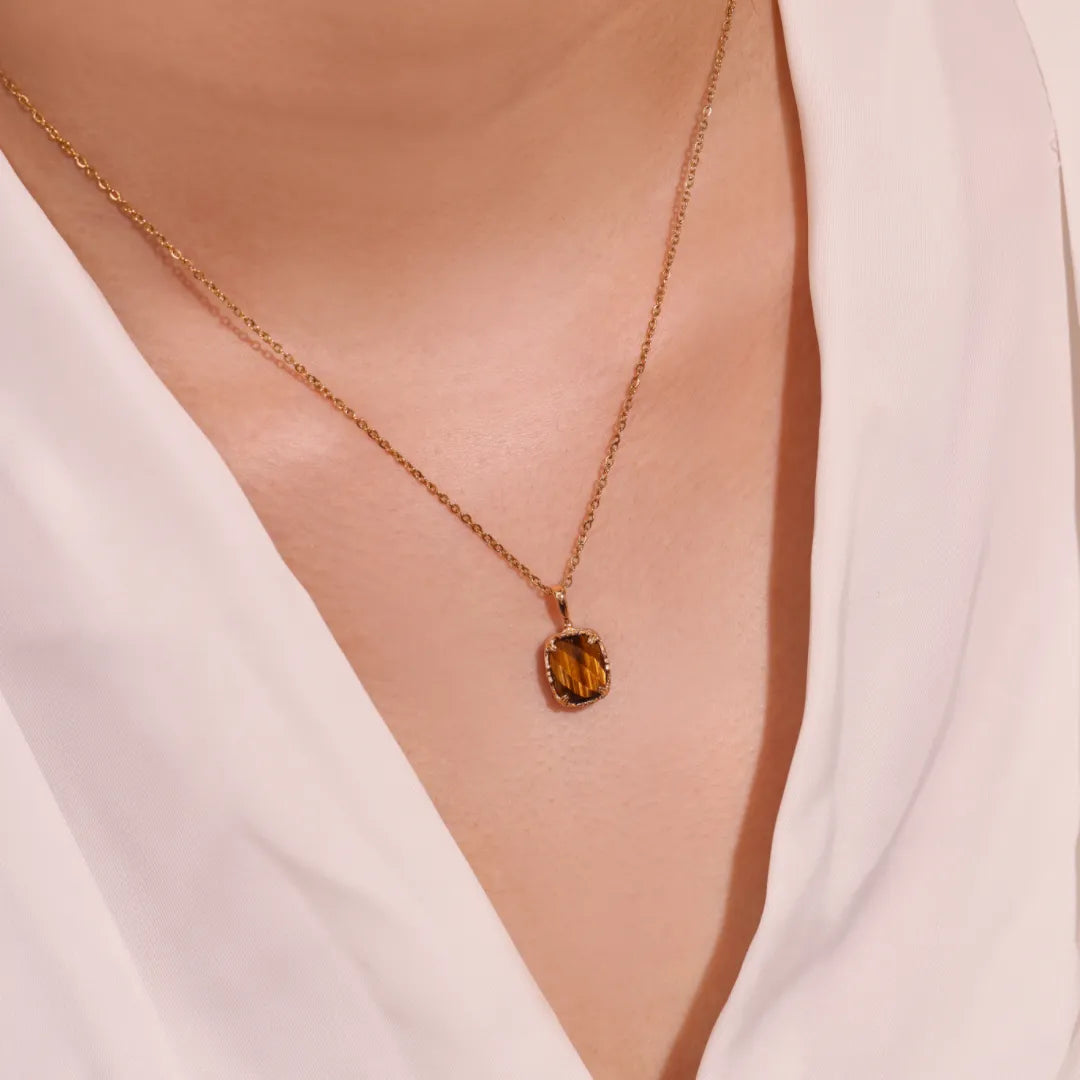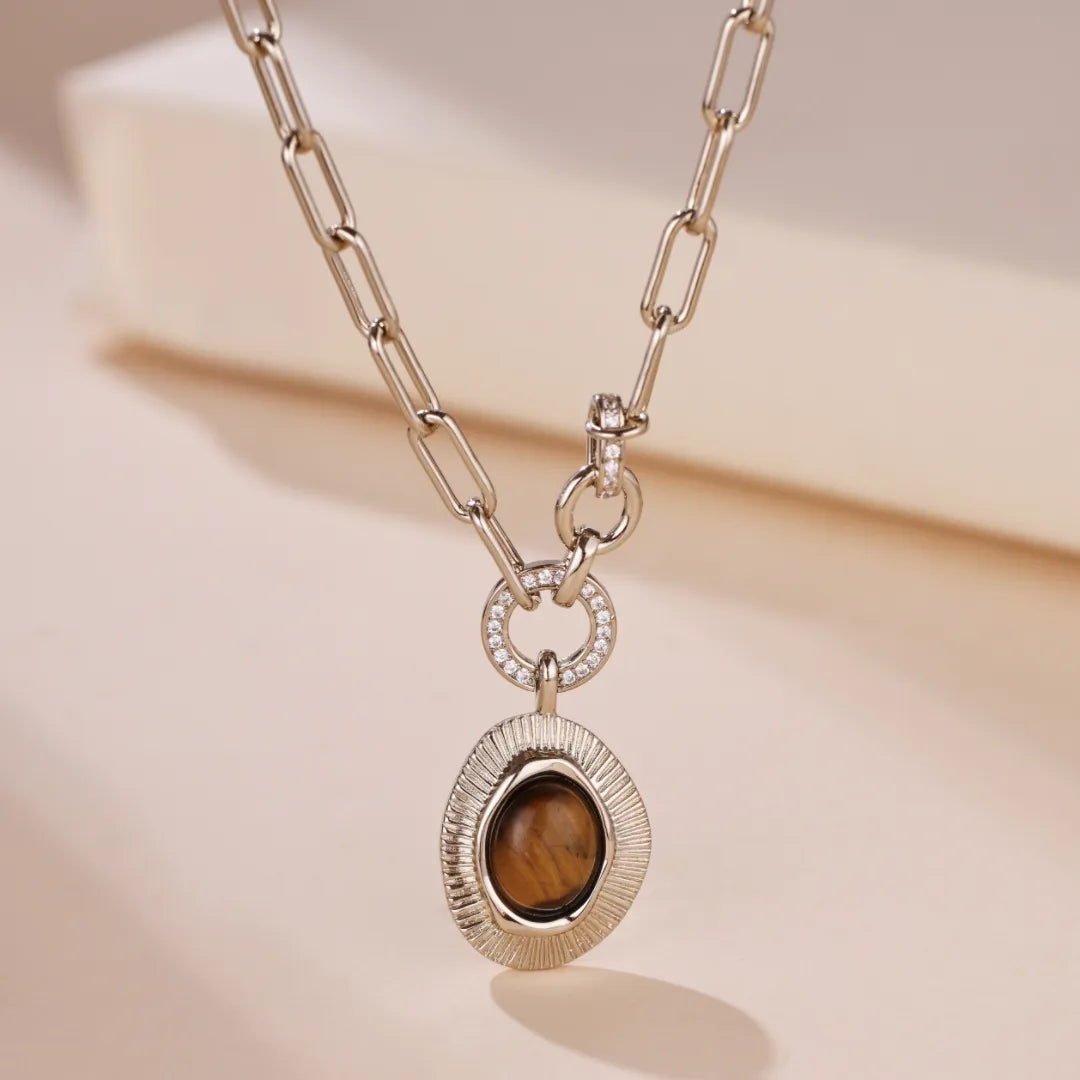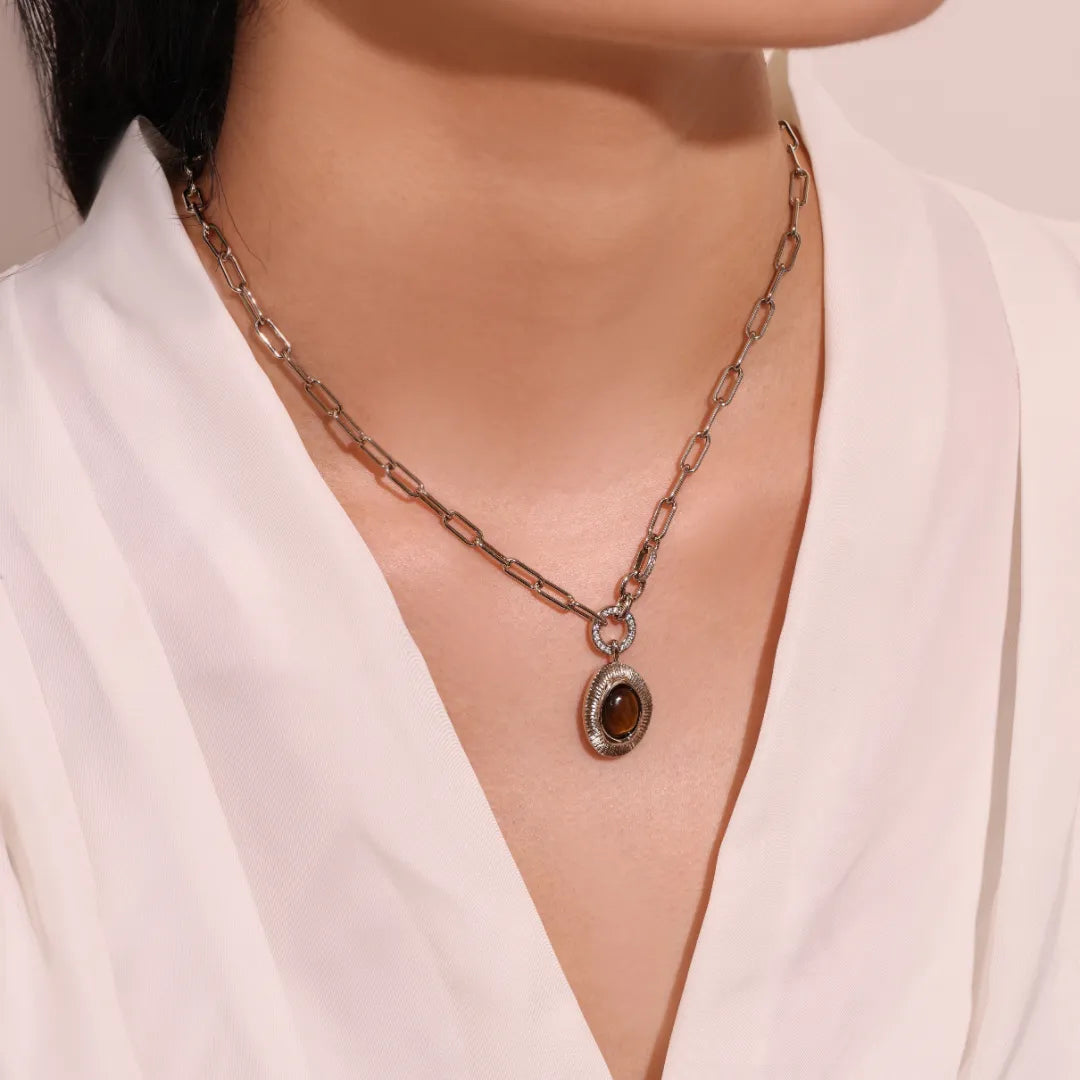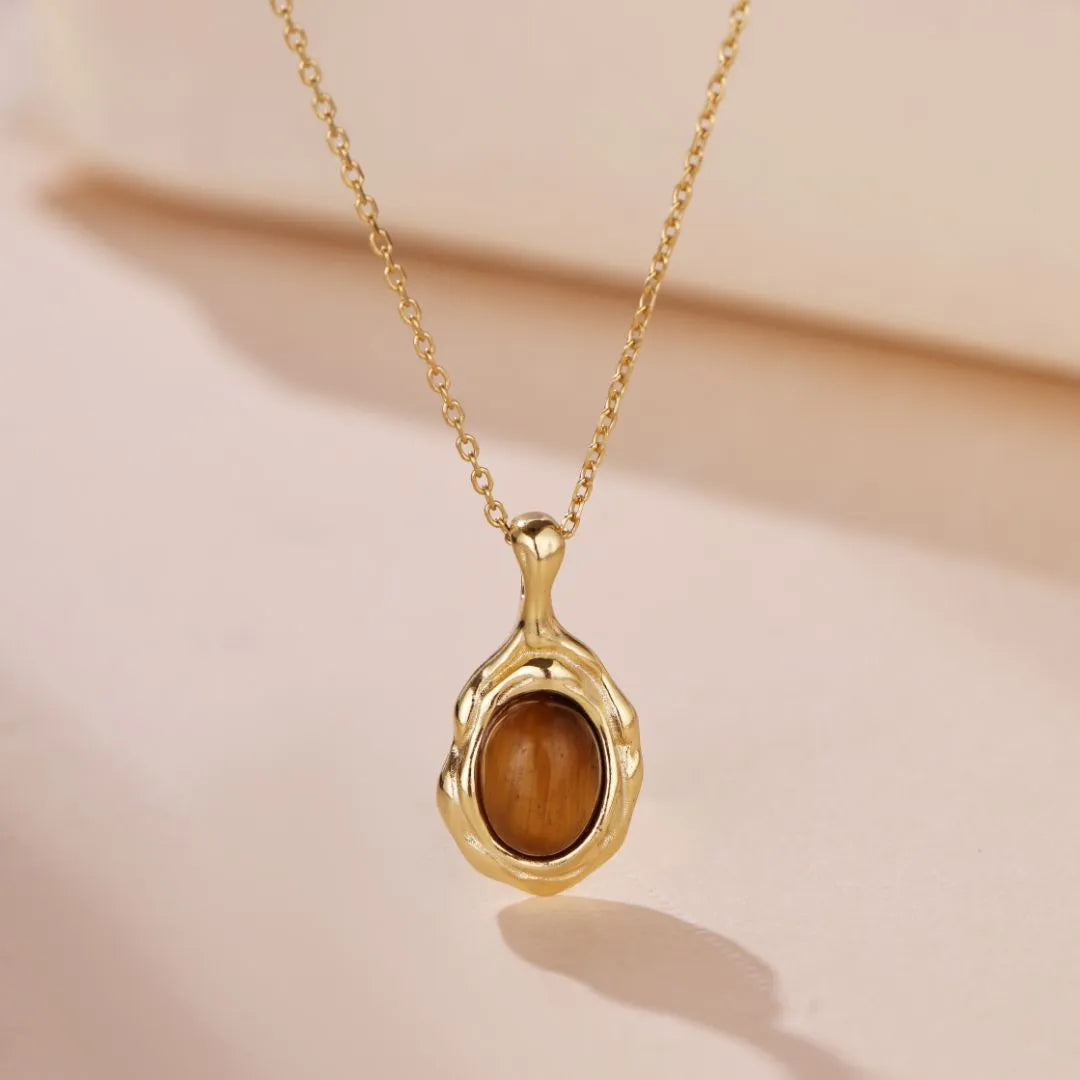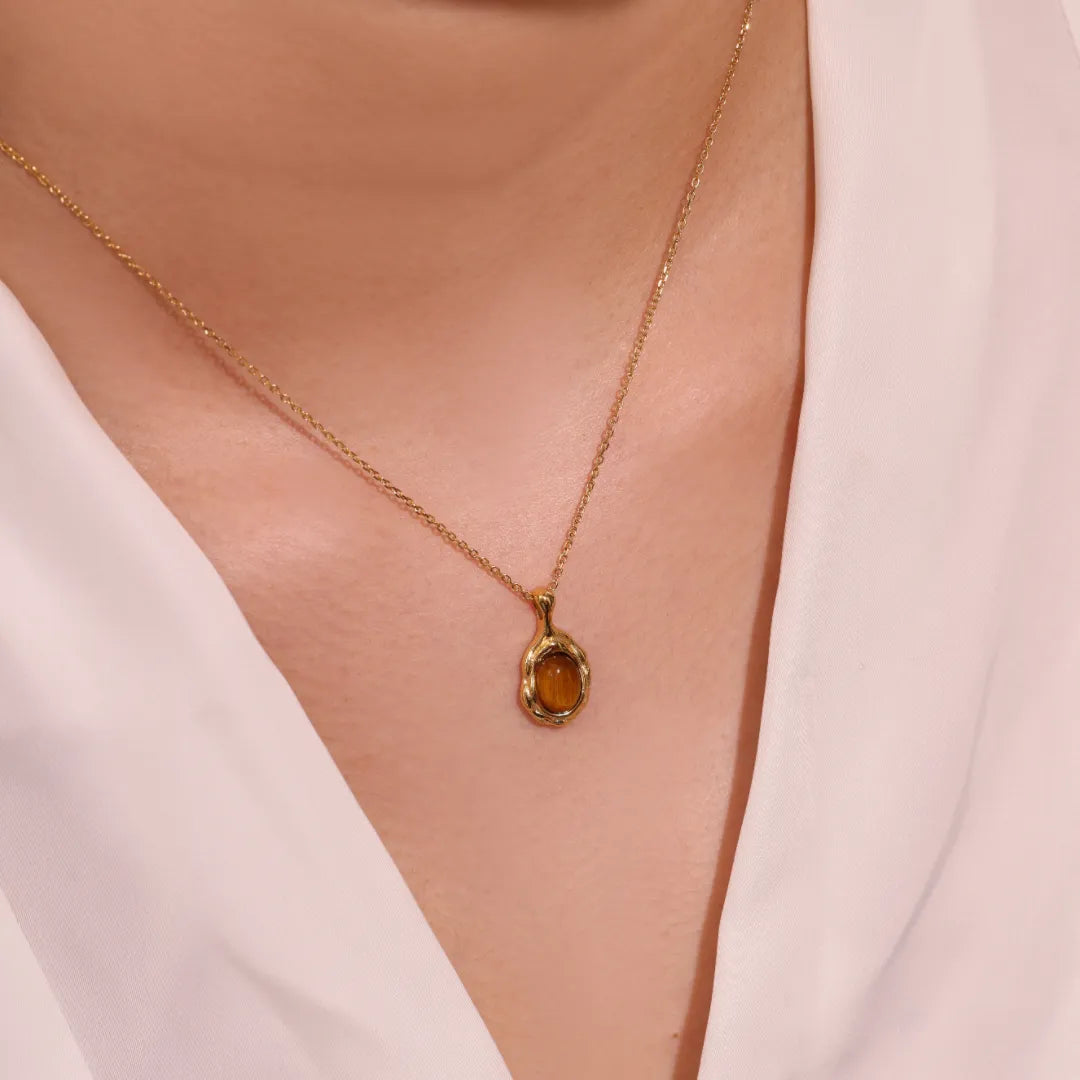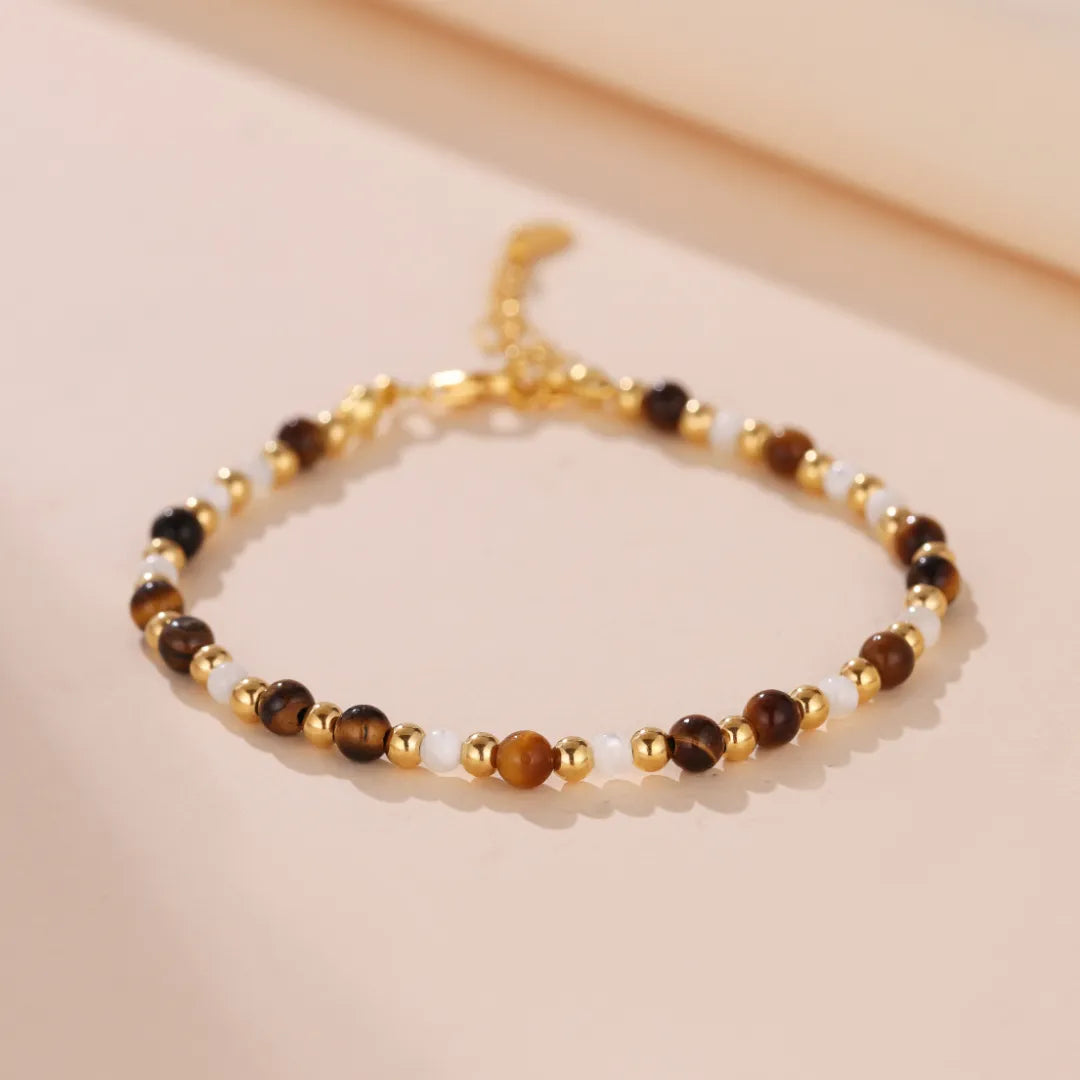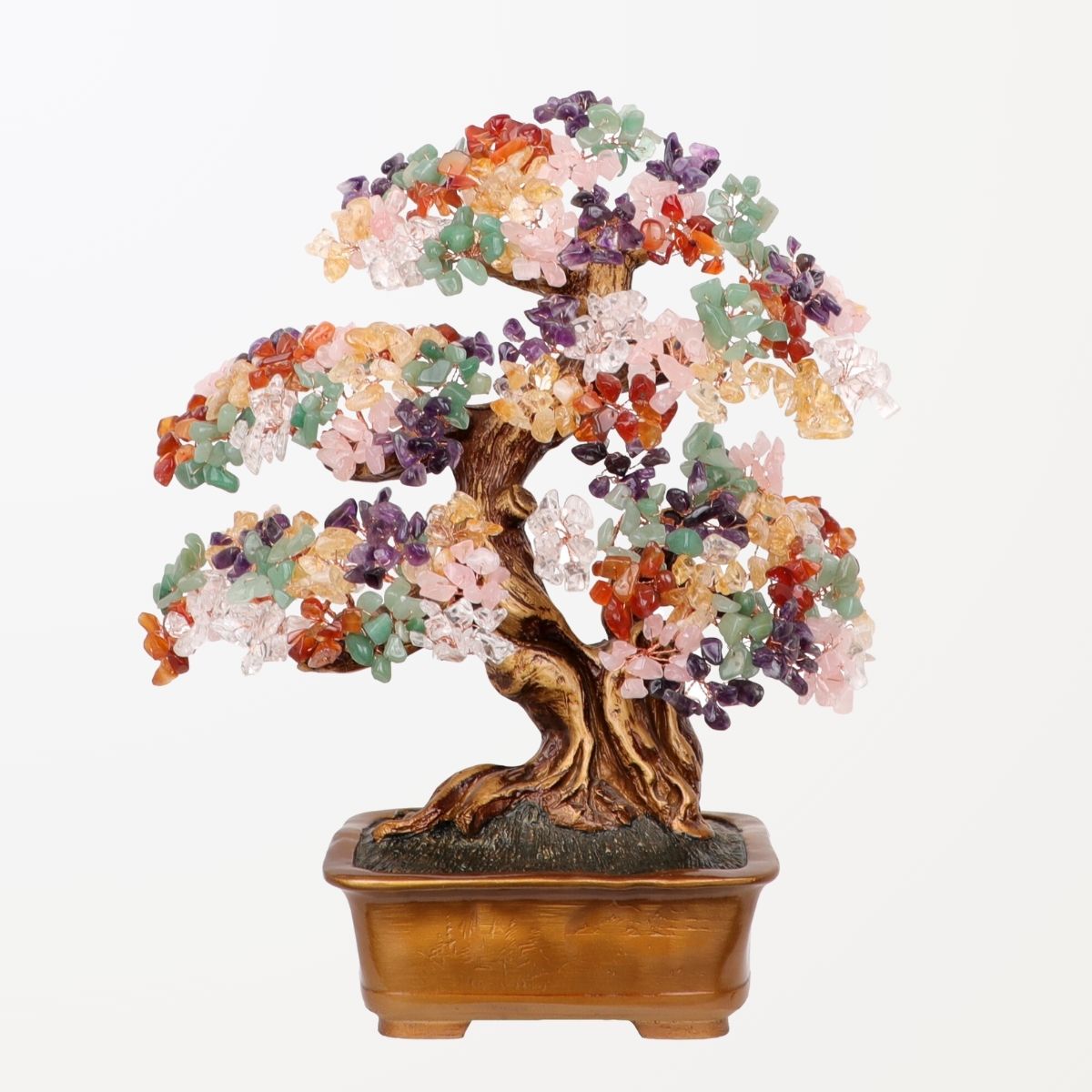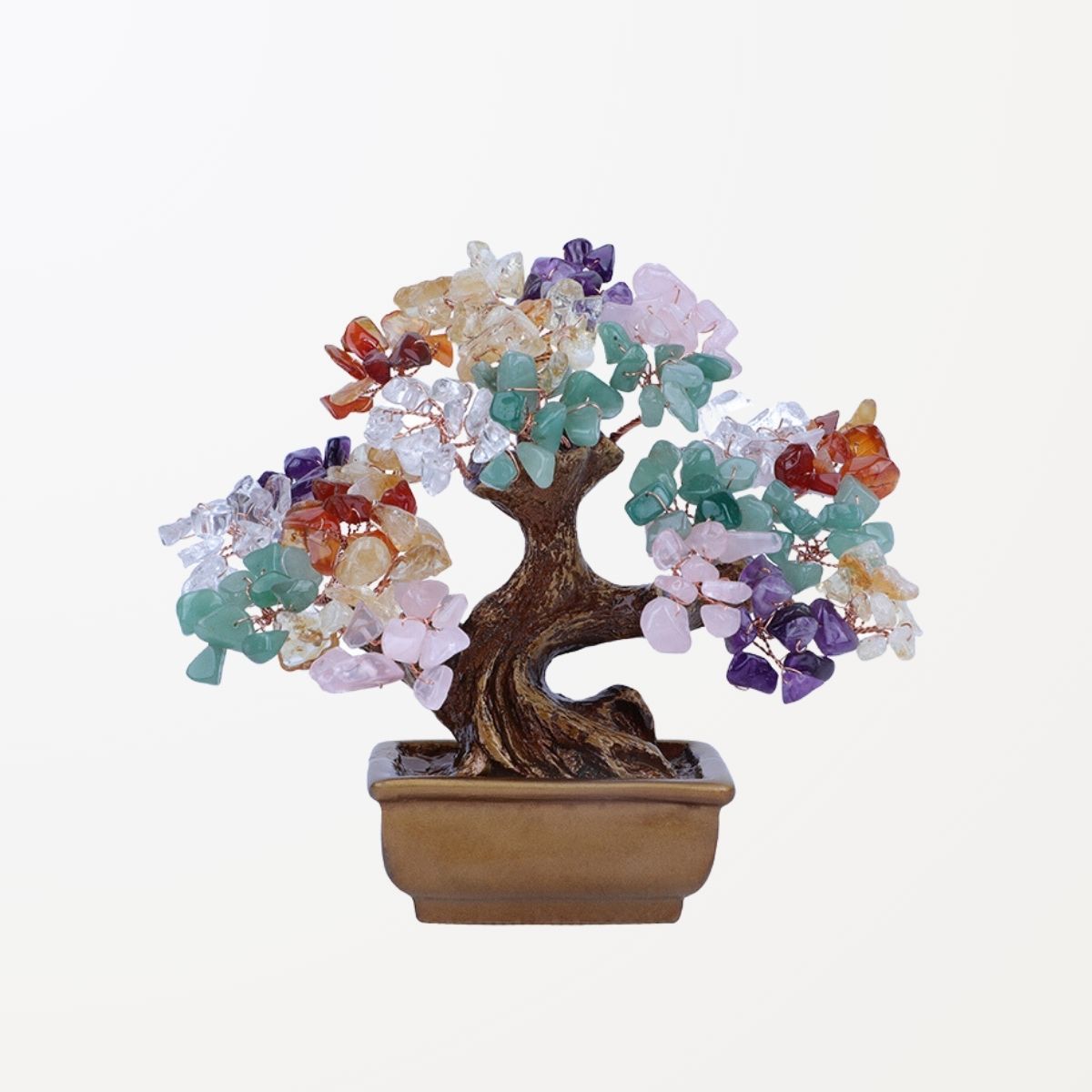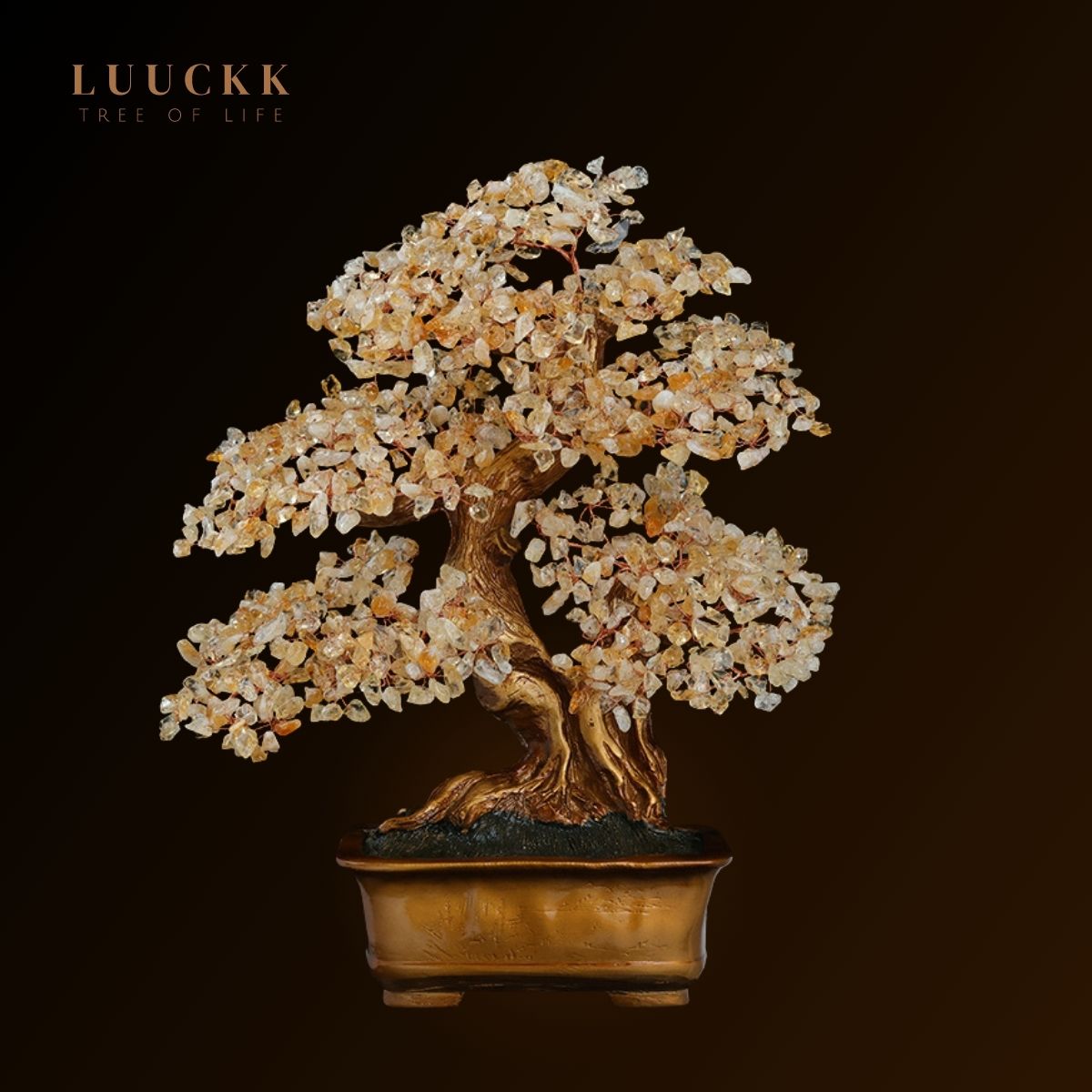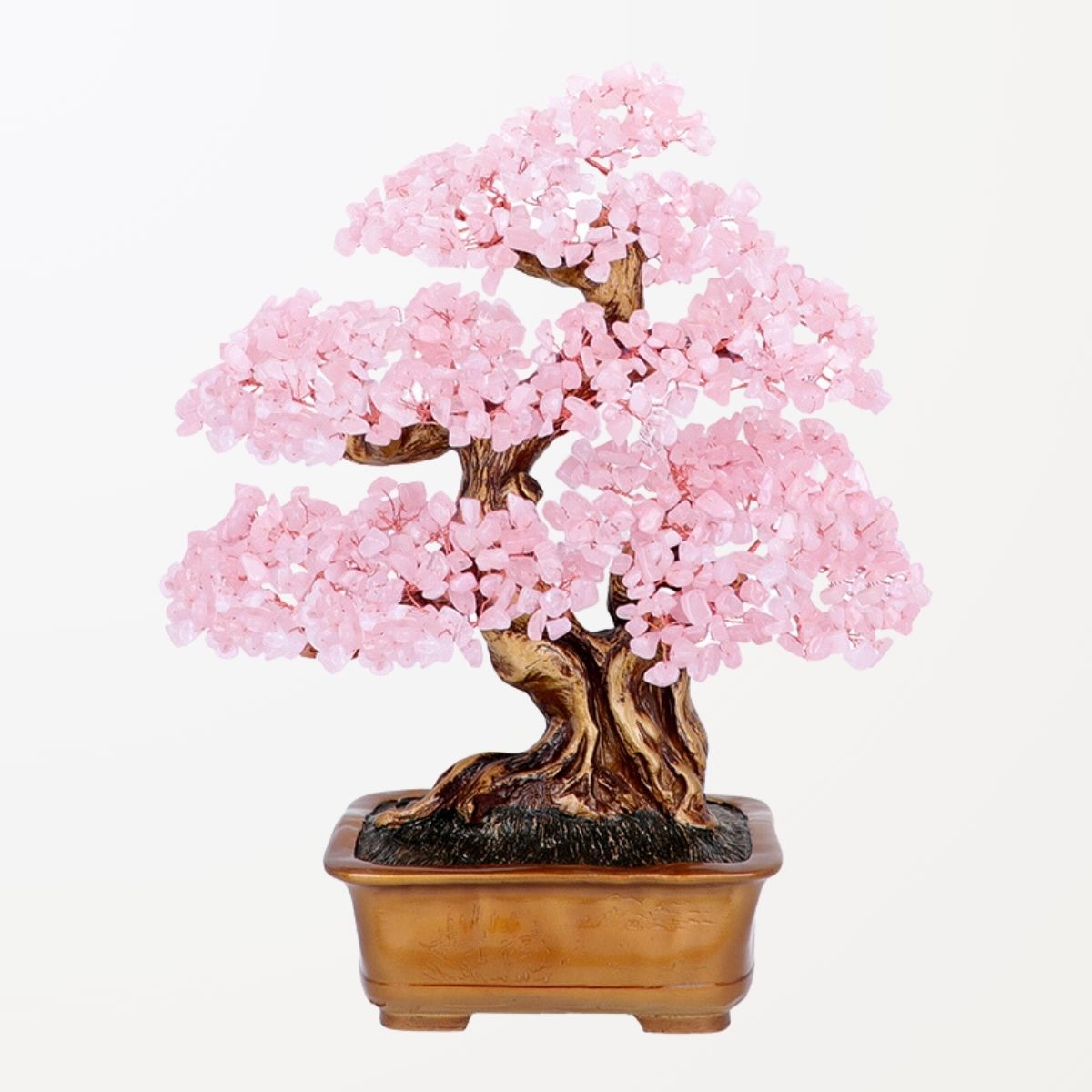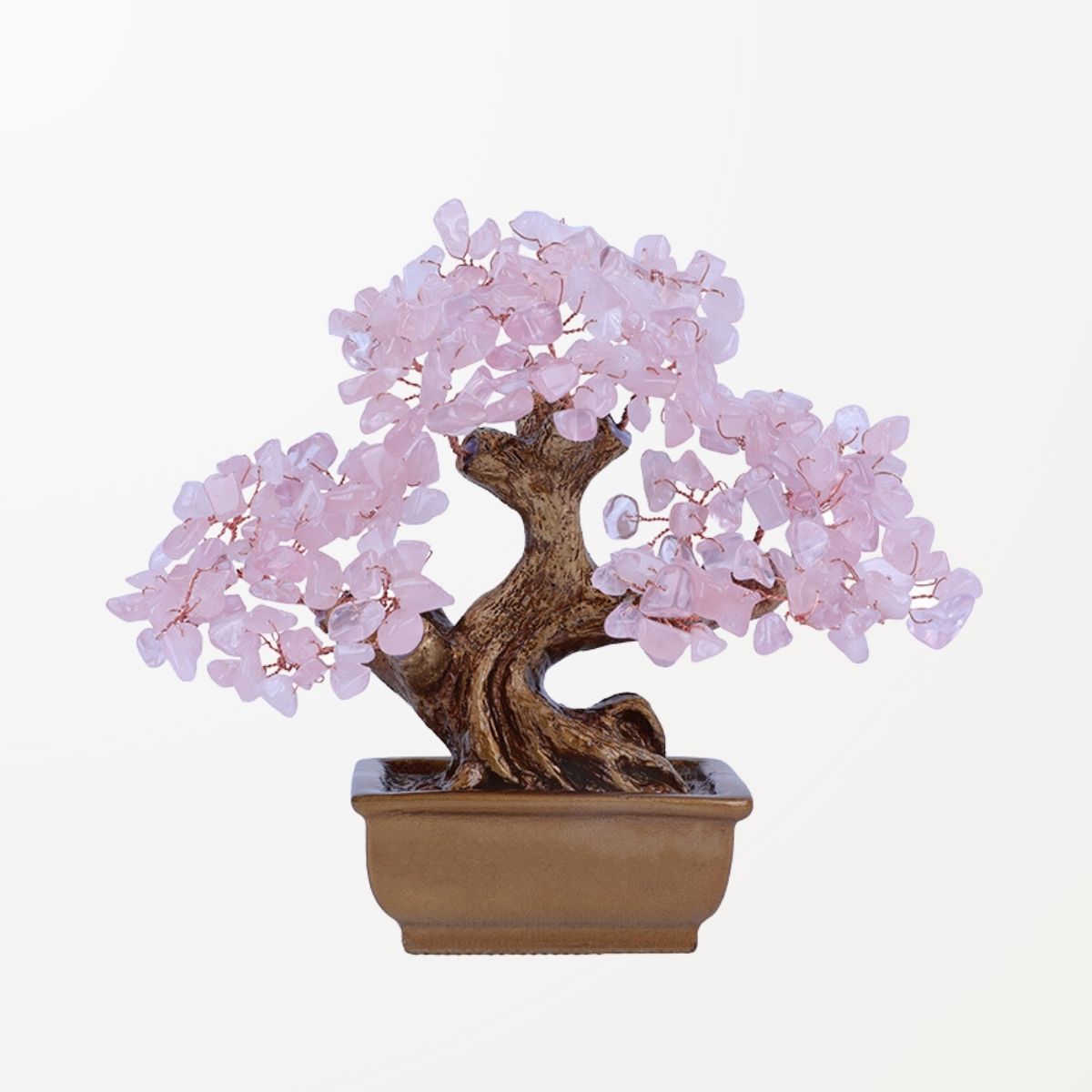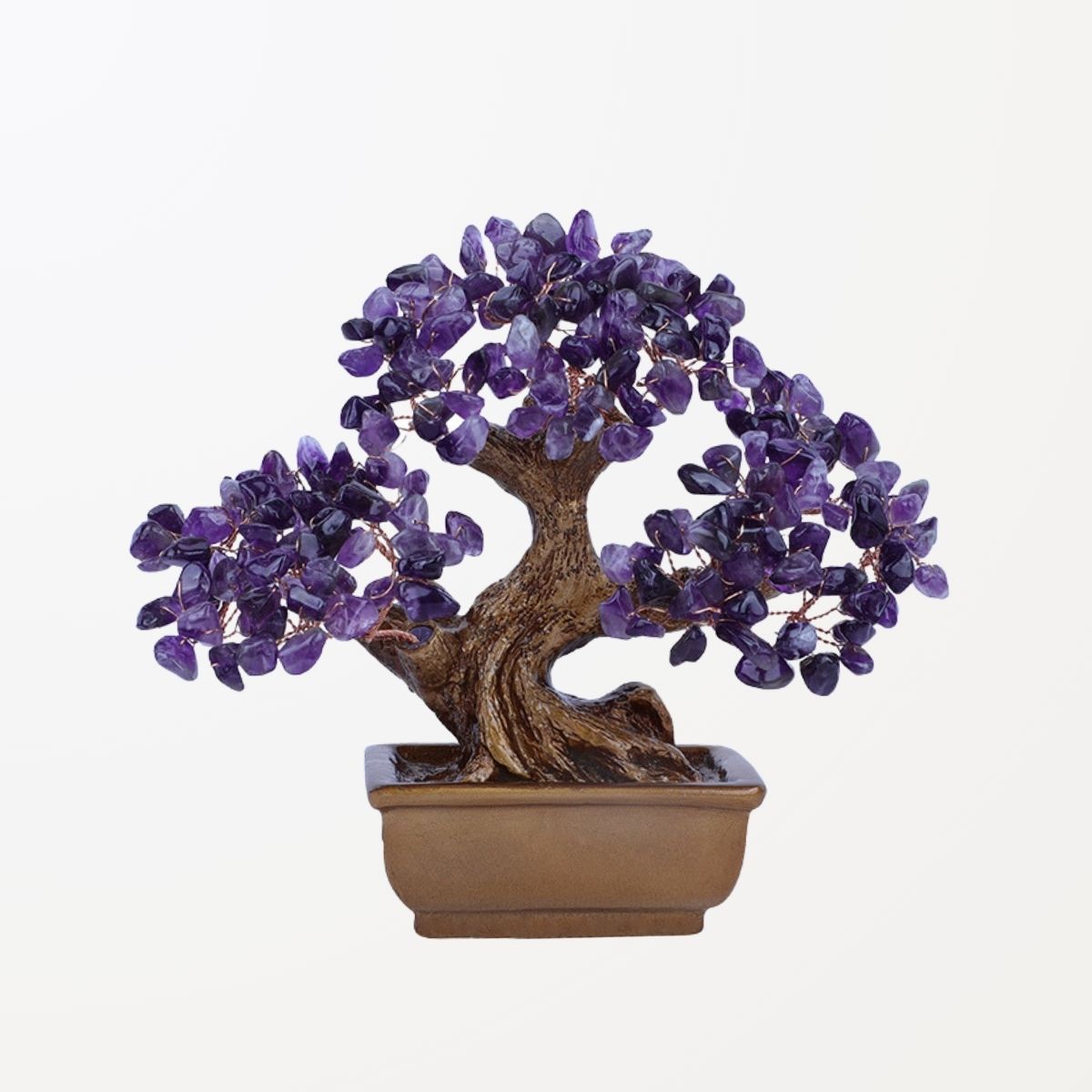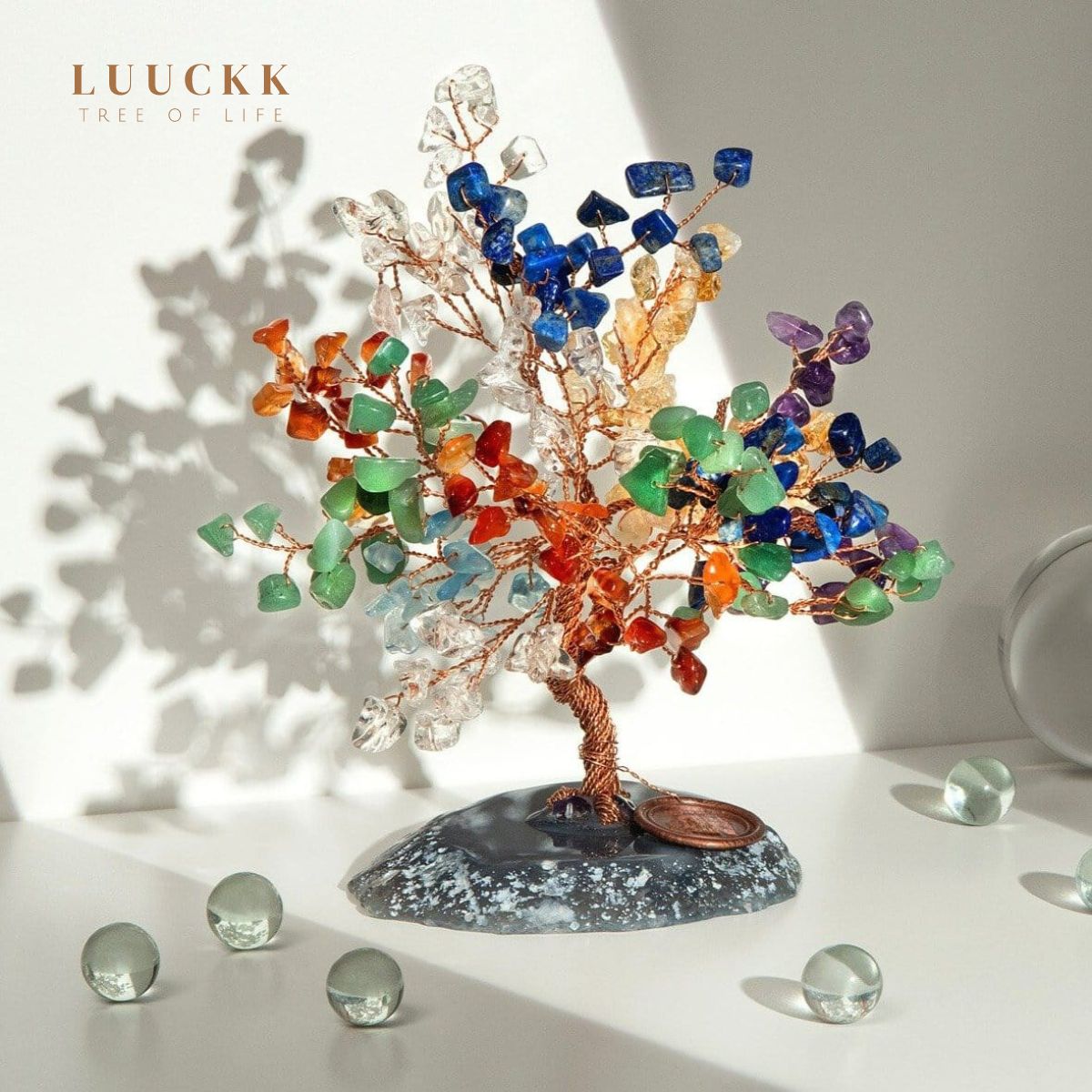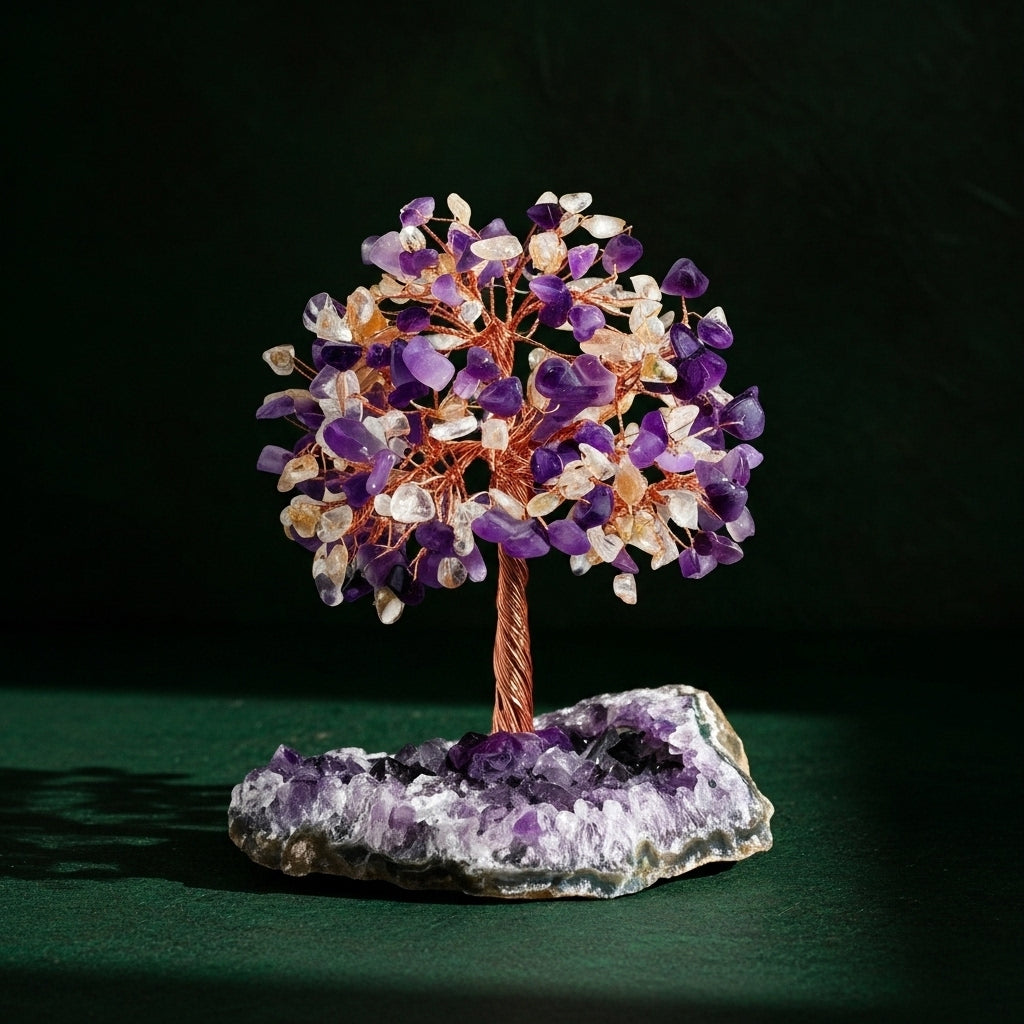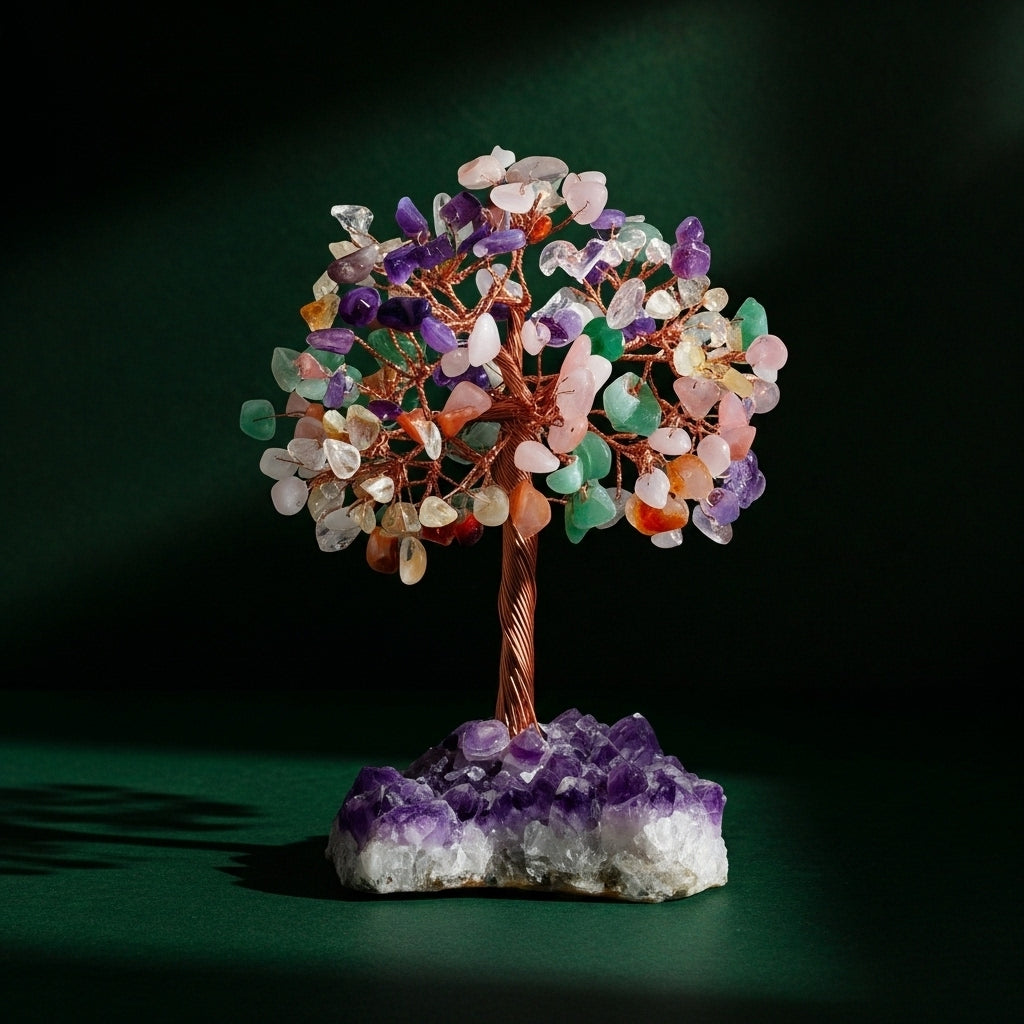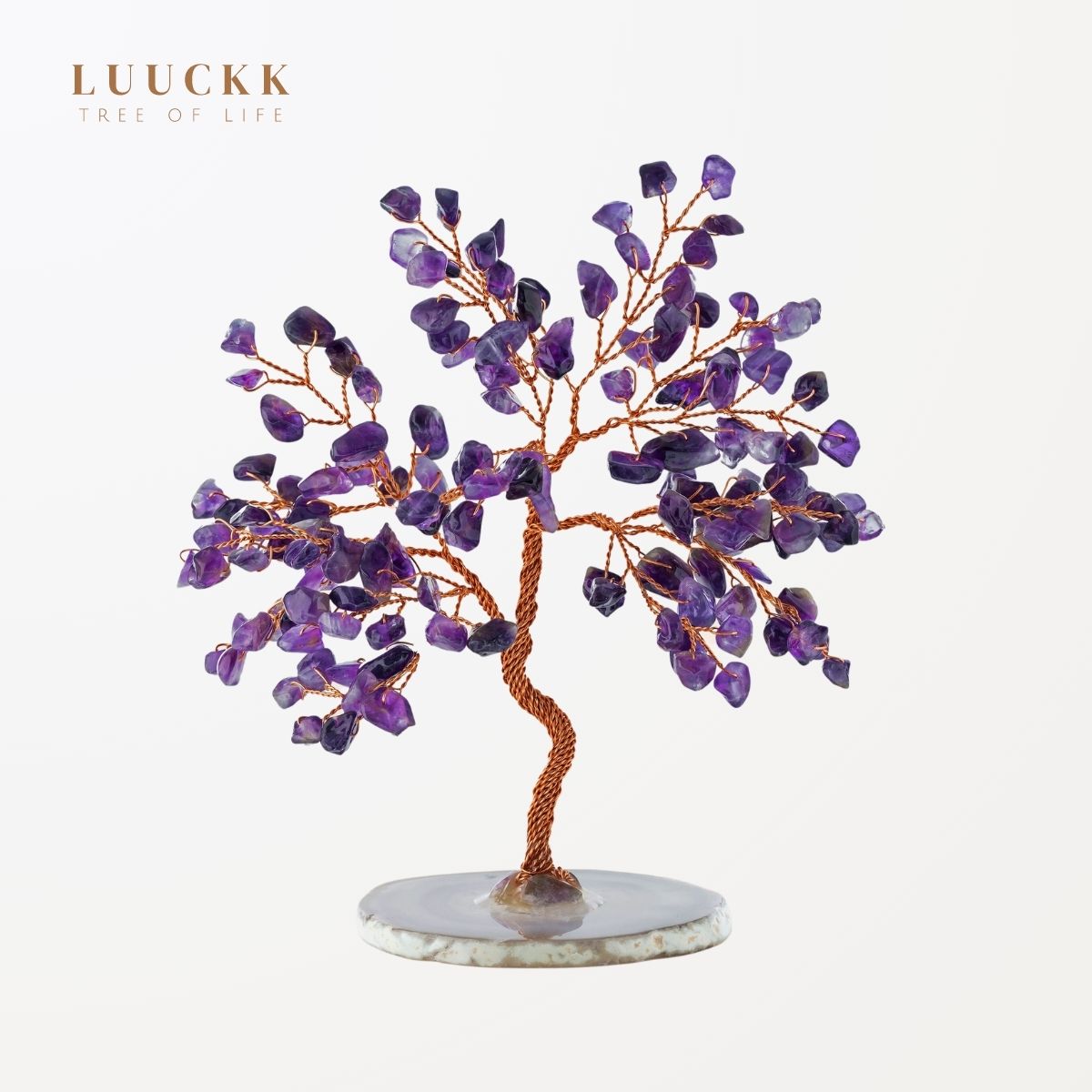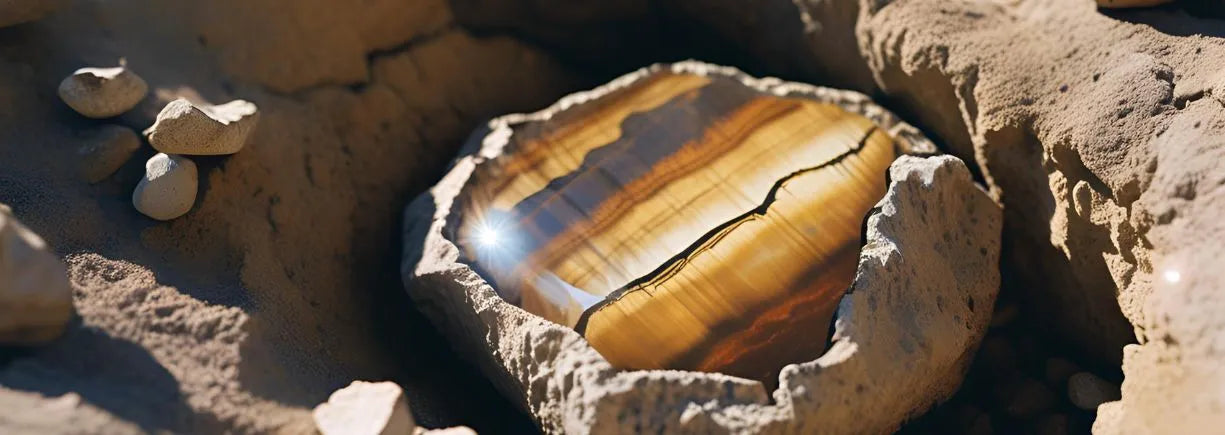
Mining Tiger’s Eye: Treasure from the Depths of the Earth
Tiger’s Eye has fascinated since Antiquity. With its shimmering reflections, sometimes golden, sometimes coppery, this natural stone has become essential in lithotherapy, jewelry making, and mineral collections. But few people truly know where it comes from and how it is extracted from the Earth. What is its journey before becoming a bracelet, a pendant, or a meditation tool? In this article, we take you into the heart of the mines and the extraction processes of Tiger’s Eye to reveal all the secrets of this stone with a thousand reflections.
Geological origins of Tiger’s Eye: the birth of a mineral masterpiece
Tiger’s Eye is a variety of microcrystalline quartz, more specifically a pseudomorphic quartz after crocidolite. This means that its original structure is replaced, atom by atom, by quartz over millions of years, while preserving the fibrous form of the crocidolite. This complex formation gives the stone its sought-after cat’s eye effect, an optical phenomenon called chatoyancy.
This transformation takes place under very specific temperatures and pressures, in a silica-rich environment. It is mainly found in geological formations called banded iron formations, dating back to the Precambrian era, more than 2.5 billion years old.
Where is Tiger’s Eye found?
The most famous source is undoubtedly South Africa, particularly the Griqualand West region, which supplies the majority of the global market. Other deposits are found in Australia, India, Brazil, and recently in Namibia, although their production is more limited.
The arid climate and iron-rich terrain of these regions offer ideal conditions for the formation and extraction of this semi-precious stone.
Extracting Tiger’s Eye: between modern techniques and environmental challenges
Extracting Tiger’s Eye is anything but simple. Contrary to what one might think, it’s not just about picking up a few shiny stones off the ground. Extraction requires genuine mining expertise and special attention to the environment.
Current extraction techniques
Extraction begins with identifying the veins that contain the stone. These appear in the form of layers, often very compact, embedded in bedrock. Miners use light explosives or cutting machines to release the blocks, which are then manually sorted.
Heavy machinery such as excavators or crushers is used to transport the stones to processing units. The blocks are then broken to reveal the interior. Pieces containing Tiger’s Eye veins are selected and set aside to be polished, crafted, or sold in raw form.
Environmental concerns
Like any mining activity, extracting Tiger’s Eye has an impact on the environment. However, some modern operations aim to limit damage through more sustainable practices:
-
Soil rehabilitation after extraction
-
Use of renewable energy for extraction
-
Reduction of mining waste
-
Compliance with social and safety standards for workers
Some companies are even involved in carbon offset programs or partnerships with local communities to improve working and living conditions.
From raw stone to refined object: the transformation steps
Once extracted, the stone is far from ready to be worn. Raw Tiger’s Eye is irregular, often dull, and requires meticulous work to reveal its beauty.
Sorting and cleaning
The first step is manual sorting, carried out by experts able to recognize the internal qualities of the stone. Pieces that are too cracked or lack chatoyancy are discarded or used for lower-quality decorative purposes.
Next, the stone is cleaned with clear water and sometimes acid to remove iron or excess silica residues.
Cutting and shaping
Cutting is done using diamond saws or very fine rotary discs. The goal is to reveal the most chatoyant area of the stone, depending on the orientation of its fibers. It’s delicate work because a bad cut can alter the characteristic visual effect of Tiger’s Eye.
After cutting, the pieces are polished with progressive abrasives until a smooth, shiny, and homogeneous surface is achieved. At this stage, the stone can be sold as-is or incorporated into jewelry, sculptures, decorative objects, or lithotherapy accessories.
Handcrafted work vs. industrial production
Artisan workshops pay particular attention to each piece, ensuring a better enhancement of the stone. In contrast, industrial production focuses on volume and often standardizes shapes (cabochons, round beads, etc.).
That said, both approaches have their audience: some prefer the uniqueness of a handcrafted stone, others seek standardized shapes for mass-produced jewelry.

Tiger’s Eye in lithotherapy: between ancient science and intuition
Tiger’s Eye is one of the most widely used natural stones in lithotherapy. Known for its protective properties, it is believed to act as an energetic shield, sending negative energies back to their sender.
The main benefits of Tiger’s Eye
-
Psychic protection: it helps protect against ill intentions.
-
Courage stimulation: linked to the solar plexus chakra, it is said to boost willpower and self-assertion.
-
Emotional balance: it promotes better perspective when facing overwhelming emotions.
-
Grounding: its connection to the Earth makes it a powerful grounding stone, useful for scattered or hypersensitive individuals.
See also our article: The Energetic Benefits of Jewelry Made from Natural Stones
Does origin influence the benefits?
There is an ongoing debate in the field of lithotherapy: does geographical origin have an energetic impact? Some practitioners claim that stones from certain regions (notably South Africa) are more “active” due to the geological purity or age of the deposit.
Others believe that it is the intention of the person interacting with the stone that matters most. In any case, one thing is certain: a stone’s energy is influenced by its formation quality, cut, care, and especially the way it is used.
How to choose the right Tiger’s Eye?
Choose a stone:
-
With clearly visible chatoyancy (cat’s-eye effect)
-
Without internal cracks or black inclusions
-
With warm hues: golden, caramel, honey
For lithotherapy, some people prefer unmounted Tiger’s Eye (as a tumble stone or raw stone) for direct use on the body or during meditation.

Ethics: why the origin of your natural stones matters
In an increasingly globalized market, the traceability of natural stones is becoming a matter of transparency. Some stones come from opaque supply chains, where extraction conditions are far from ethical.
Buying responsible natural stones
A certified Tiger’s Eye is a stone whose geographic origin and extraction conditions are known. This implies:
-
Declared and fairly paid miners
-
Environmentally respectful extraction
-
A transparent distribution chain, free from exploitation
Conclusion: From the heart of the Earth to your hand, a fascinating journey
Tiger’s Eye is much more than just a pretty stone with golden reflections. It is the result of a slow geological process, ancient mining know-how, and artisanal refinement. Behind every piece of Tiger’s Eye jewelry lie millions of years of history, expert hands, and raw energy waiting to be discovered.
If you’re looking to wear a natural stone that’s both beautiful and meaningful, Tiger’s Eye is an excellent choice. And now that you know everything about its extraction, you’ll never see it the same way again.
Want to discover our Tiger’s Eye jewelry?
Visit our online store and let yourself be charmed by our selection of natural and responsible creations.
Did you enjoy this article?
Subscribe to our newsletter to receive more mineral discoveries and lithotherapy tips.
FAQ – Everything you need to know about Tiger’s Eye extraction
1. Where is Tiger’s Eye found?
Mainly in South Africa, but also in Australia, India, Brazil, and Namibia.
2. How does Tiger’s Eye form?
It forms through the transformation of a fibrous mineral, crocidolite, into quartz under high pressure and temperature.
3. Is Tiger’s Eye extraction polluting?
It can be, but some operations today use more environmentally friendly methods.
4. What is the natural color of Tiger’s Eye?
Golden to coppery brown, with shimmering reflections called “cat’s-eye”.
5. Is Tiger’s Eye a real natural stone?
Yes, it is a natural stone classified among microcrystalline quartz.
6. Can fake Tiger’s Eye be found on the market?
Yes, some glass or plastic imitations exist. It’s best to buy from trustworthy sellers.
7. What is Tiger’s Eye used for in lithotherapy?
It’s used to protect from negative energies, boost self-confidence, and promote grounding.
8. Does the origin of the stone affect its properties?
Some lithotherapy practitioners believe so, but it also depends on the quality of the stone and the user’s intention.
9. What is the best form to benefit from its properties?
Tumble stone, pendant, or bracelet: the key is that the stone remains in contact with you regularly.
10. How do you care for Tiger’s Eye?
Clean it with clear water, recharge it in sunlight or on a quartz geode.
Suggested Products
Best products
